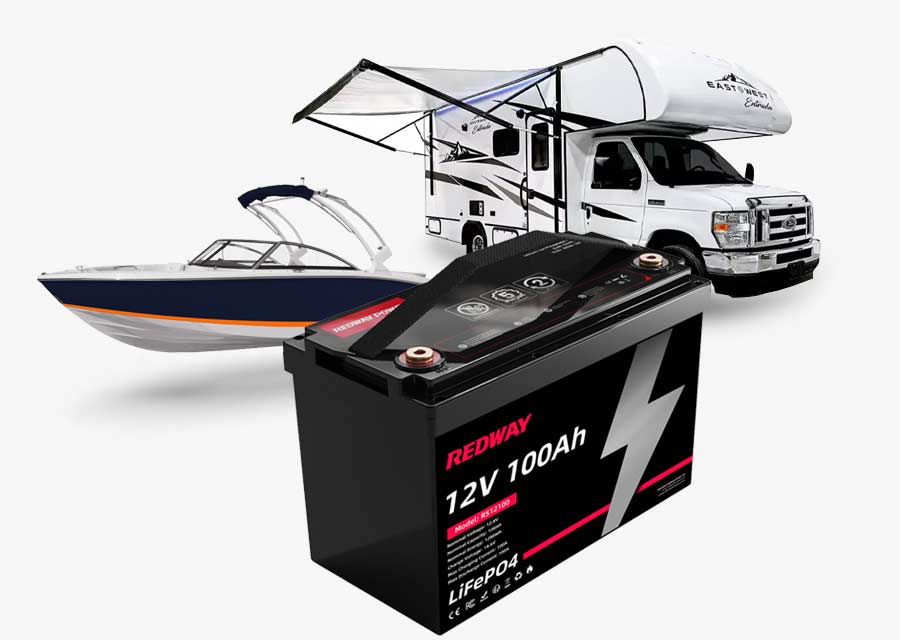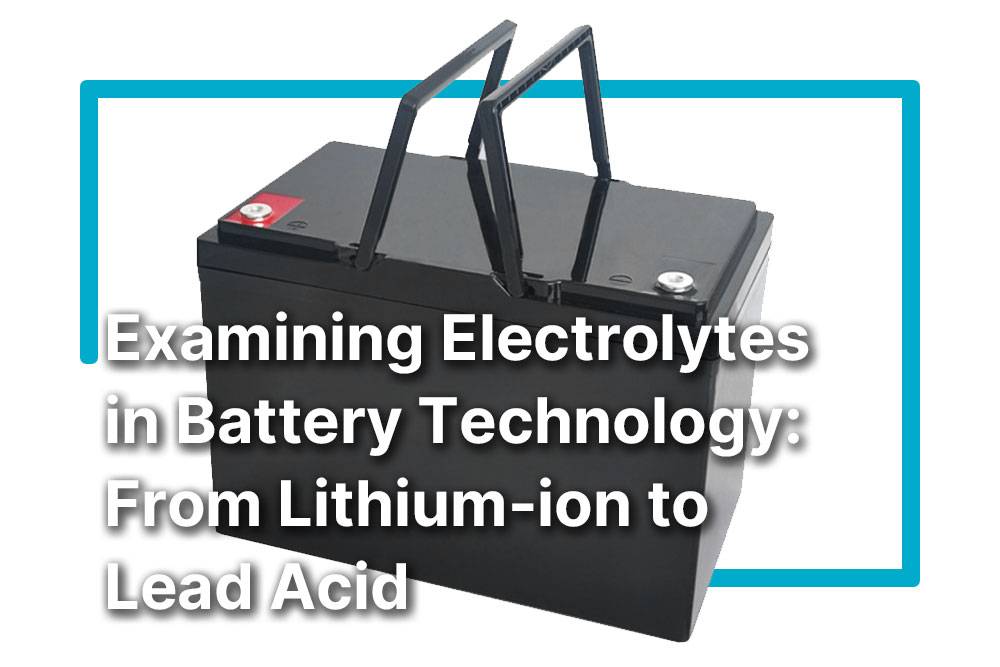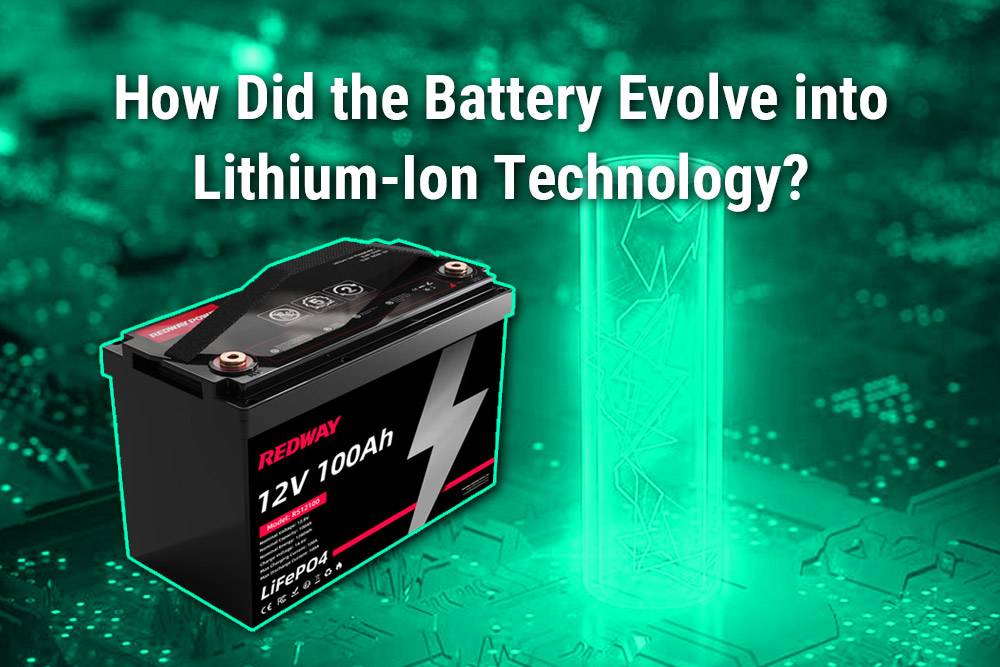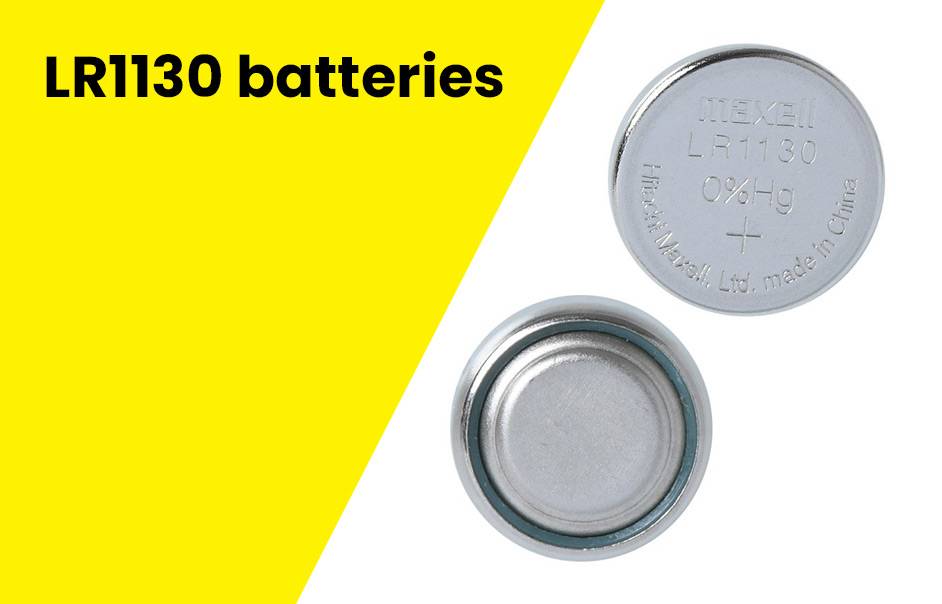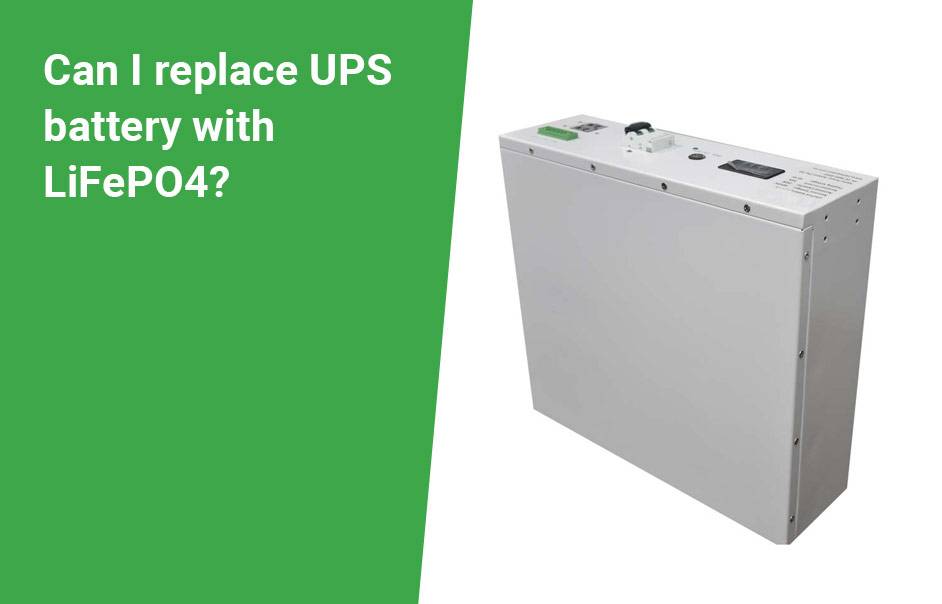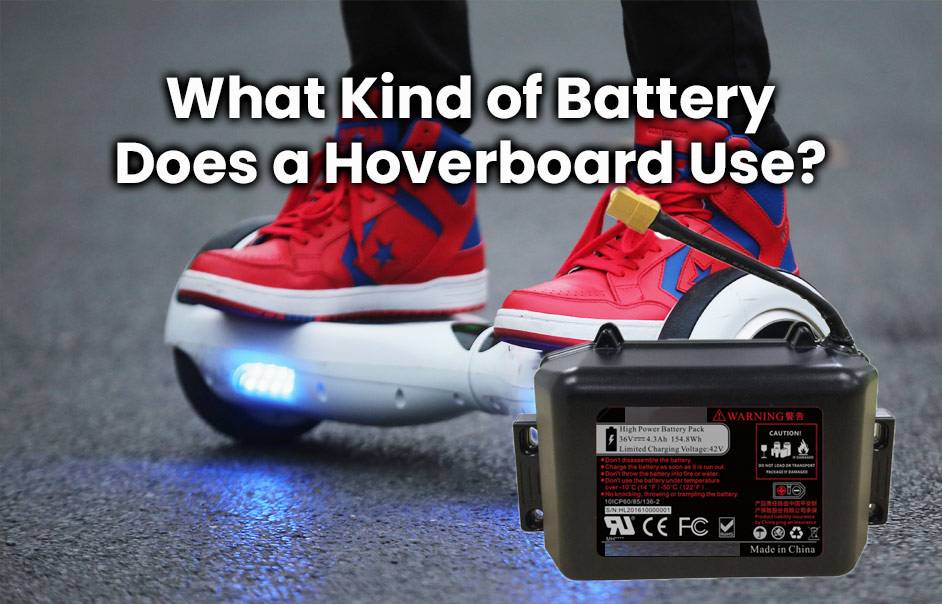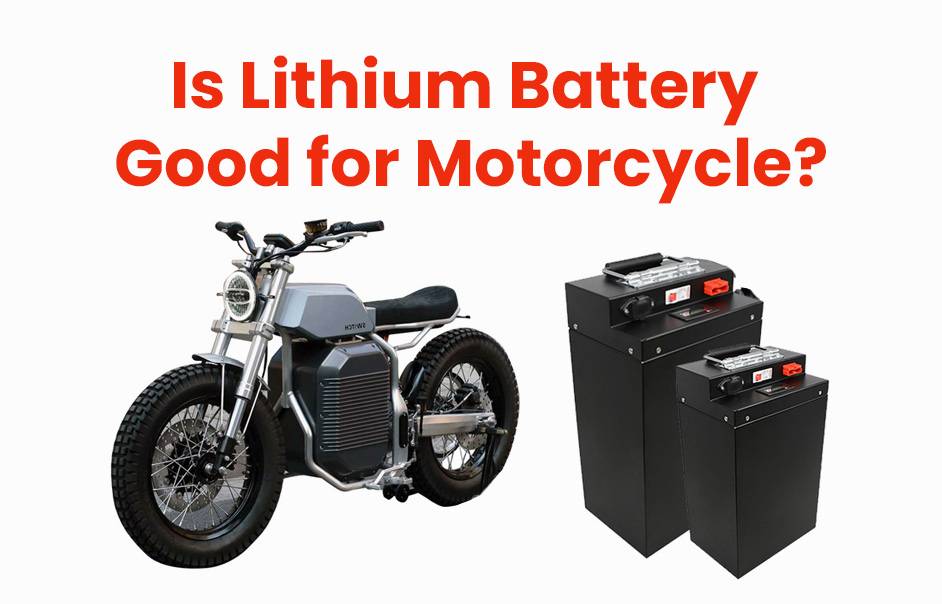When it comes to powering our devices, lithium titanate and LiFePO4 batteries are contenders for the title of “The Ultimate Battery.” In this showdown, we’ll explore the strengths and weaknesses of these advanced energy storage technologies. So, buckle up, folks! It’s time to settle the score: Lithium Titanate Battery (LTO) vs LiFePO4 Battery – Which is Better? Let’s dive in!
Differences between Lithium Titanate (LTO) and LiFePO4 Batteries
Unlocking the Differences: Lithium Titanate vs. LiFePO4 Batteries
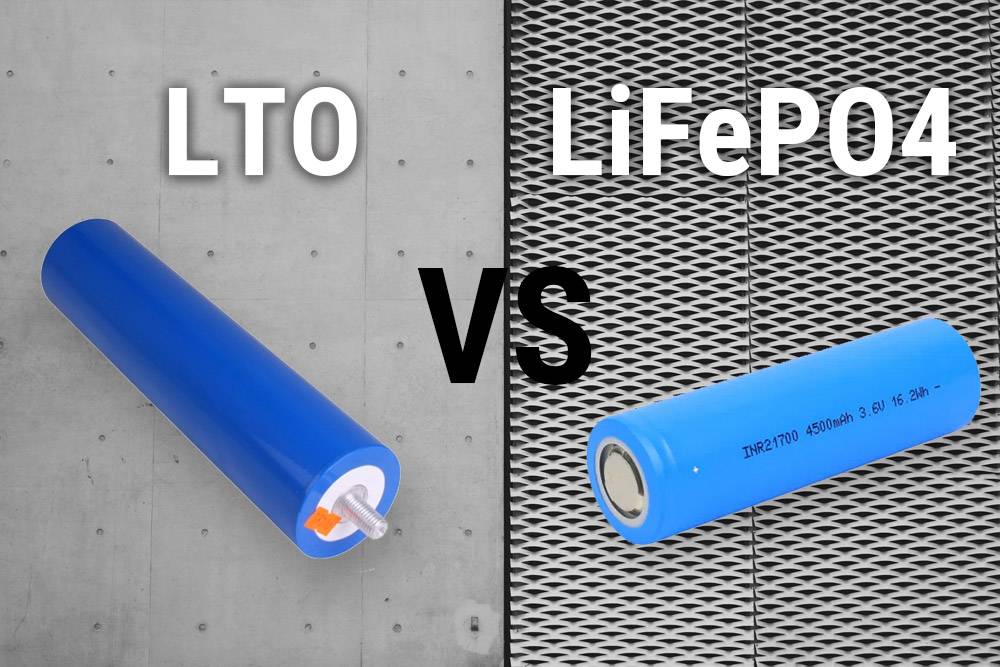
- Chemical Composition:
- Lithium Titanate batteries use lithium titanate as the anode material.
- LiFePO4 batteries utilize lithium iron phosphate, setting them apart in terms of chemical composition.
- Voltage Output:
- Lithium Titanate batteries typically operate at a lower nominal voltage of 2.4 volts per cell.
- LiFePO4 batteries, in contrast, have a higher nominal voltage at 3.2 volts per cell.
- Charging and Discharging:
- Lithium Titanate batteries allow rapid charging and discharging without compromising efficiency or lifespan.
- LiFePO4 batteries offer good charging rates but may experience reduced capacity with continuous high discharge rates.
- Cycle Life:
- Lithium Titanate batteries shine with an impressive cycle life of up to 20,000 cycles, ideal for demanding applications like electric vehicles.
- LiFePO4 batteries provide excellent longevity with around 2000-5000 cycles under normal conditions.
- Safety Features:
- Lithium Titanate batteries are known for extreme stability, exhibiting low thermal runaway potential even under challenging conditions.
- LiFePO4 batteries are recognized for superior thermal stability and resistance against overheating or combustion, ensuring safety.
In conclusion, both Lithium Titanate and LiFePO4 batteries have unique characteristics, offering varied advantages for specific applications. Understanding these differences is crucial for selecting the right battery based on your needs and requirements.
Pros and Cons of Lithium Titanate Batteries (LTO)
Lithium titanate batteries offer distinct advantages and drawbacks in the realm of energy storage. Let’s break down their pros and cons:

- Long Lifespan:
- Advantage: Lithium titanate batteries boast an extended lifespan, enduring numerous charge-discharge cycles without significant capacity loss. This makes them ideal for applications requiring frequent cycling.
- Fast Charge Rate:
- Advantage: These batteries exhibit a rapid charge rate, facilitating quick recharges in situations where time is a critical factor.
- Exceptional Safety:
- Advantage: Lithium titanate batteries are highly stable, reducing the risk of thermal runaway or combustion. This enhanced safety profile is advantageous, especially in applications prioritizing safety.
- Lower Energy Density:
- Drawback: Lithium titanate batteries have lower energy density compared to certain lithium-ion counterparts like LiFePO4. This limitation makes them less suitable for applications demanding sustained high-energy output.
- Cost Considerations:
- Drawback: While prices have been decreasing, lithium titanate batteries remain relatively more expensive than other battery technologies, impacting their widespread adoption.
- Environmental Impact:
- Advantage: Lithium titanate batteries do not contain heavy metals or toxic materials. However, their manufacturing processes may still have some negative environmental effects due to resource extraction and production emissions.
In summary, lithium titanate batteries excel in longevity and safety, making them suitable for specific applications. However, factors like energy density, cost, and environmental impact need consideration depending on the specific requirements of the intended use.
Pros and Cons of LiFePO4 Batteries
LiFePO4 batteries, or lithium iron phosphate batteries, offer a distinctive balance of advantages and drawbacks. Let’s delve into their pros and cons:
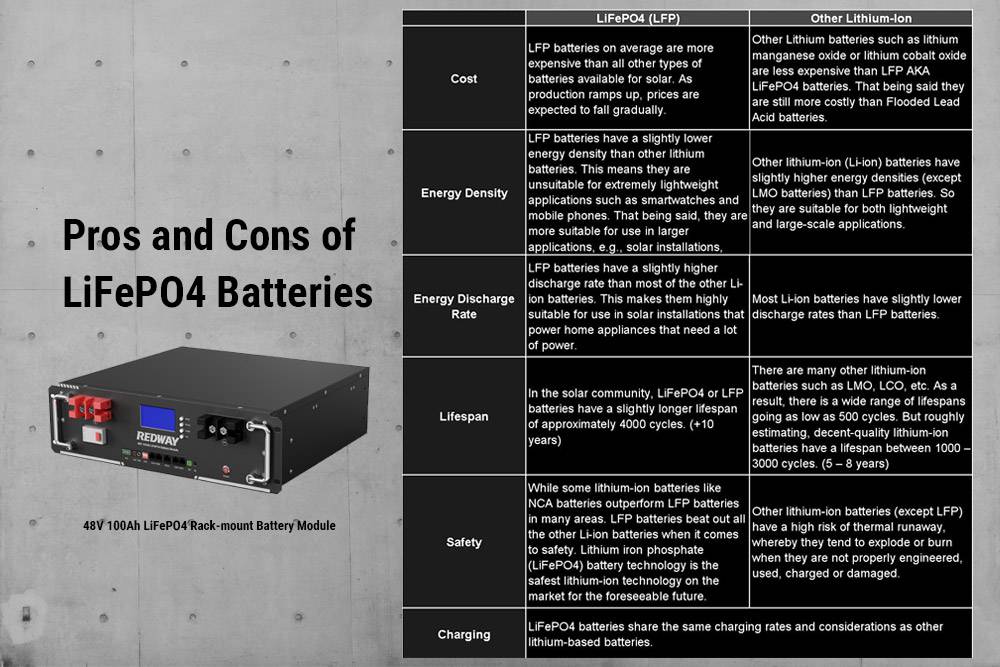
Pros:
- High Energy Density:
- Advantage: LiFePO4 batteries excel in high energy density, allowing them to store substantial energy in a compact form. This is particularly advantageous in space-limited applications.
- Long Cycle Life:
- Advantage: Among the most significant benefits, LiFePO4 batteries boast an extended cycle life—up to 10 times longer than some lithium-ion counterparts. This longevity contributes to their cost-effectiveness over time.
- Enhanced Safety:
- Advantage: The LiFePO4 chemistry inherently enhances safety, displaying lower susceptibility to thermal runaway or explosions, even under extreme conditions. This safety feature is a notable advantage.
Cons:
- Lower Voltage:
- Drawback: LiFePO4 batteries have a lower nominal voltage (around 3.2 volts per cell) compared to other lithium-ion types. This may necessitate connecting more cells in series for applications requiring higher voltages.
- Limited Charging Speed:
- Drawback: While maintaining good capacity retention during fast charging, LiFePO4 batteries generally charge at slower rates compared to certain lithium-ion chemistries like Li-Po or NMC.
- Higher Cost:
- Drawback: Despite decreasing prices, LiFePO4 batteries still pose a higher upfront cost compared to traditional lead-acid or nickel-based rechargeable alternatives.
In conclusion, the suitability of LiFePO4 batteries hinges on specific needs and preferences. Their long cycle life, safety features, and energy density make them a strong contender, but considerations like voltage requirements, charging speed, and cost should be carefully weighed based on intended applications.
LTO vs LiFePO4 Batteries in Performance
When evaluating lithium titanate (Li-Ti) batteries and LiFePO4 batteries, key performance factors come into play. Let’s explore these aspects to understand their respective strengths.
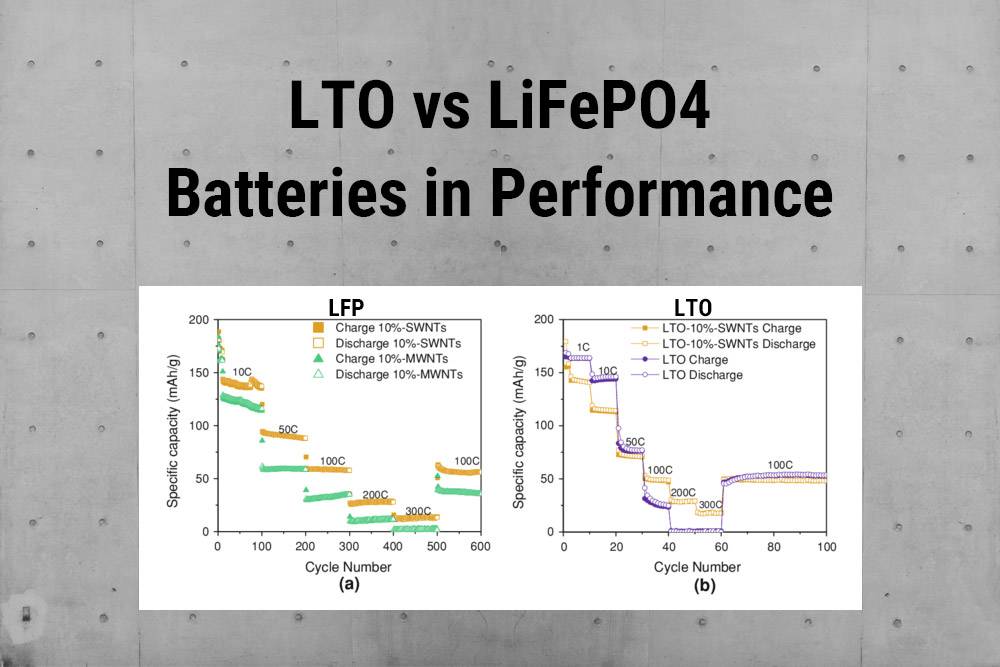
- Charging Time:
- Li-Ti: Excels in ultra-fast charging, reaching full capacity within minutes.
- LiFePO4: Offers good charging times, known for stable voltage output during discharge cycles.
- Energy Density:
- LiFePO4: Boasts higher energy density, providing more power for a similar size and weight.
- Li-Ti: While having commendable energy storage, may have lower energy density compared to LiFePO4.
- Cycle Life:
- Li-Ti: Stands out with exceptional cycle life, enduring thousands of charge-discharge cycles with minimal degradation.
- LiFePO4: Offers a long cycle life, though slightly lower than Li-Ti under certain usage conditions.
- Safety and Thermal Stability:
- LiFePO4: Known for superior thermal stability, less prone to overheating or thermal runaway.
- Li-Ti: Exhibits enhanced safety features, reducing the risk of combustion or explosion.
In summary, Li-Ti excels in fast charging and extended cycle life, making it ideal for applications requiring rapid charging and longevity. LiFePO4 shines in higher energy density and superior thermal stability, suitable for applications emphasizing power efficiency and safety. Understanding these distinctions helps make informed choices based on specific needs.
LTO vs LiFePO4 Batteries in Cost
Cost Comparison:
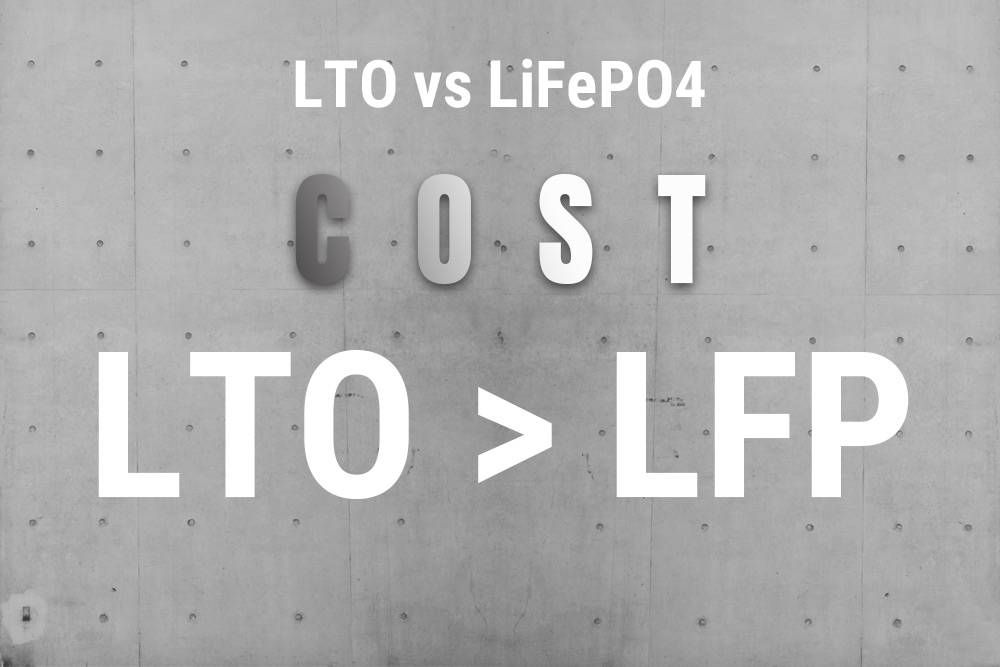
- Lithium Titanate (Li-Ti):
- High Initial Cost: Li-Ti batteries have a higher upfront cost due to expensive materials like titanium dioxide and complex manufacturing processes.
- Longer Lifespan: Despite the initial investment, they offer a longer lifespan, proving more cost-effective over time.
- Superior Performance: Li-Ti batteries provide superior performance, including faster charging and enhanced safety features.
- LiFePO4 (Lithium Iron Phosphate):
- Affordable Upfront: LiFePO4 batteries are more affordable initially, with relatively inexpensive raw materials compared to Li-Ti batteries.
- Good Cycle Life: They have a good cycle life, allowing multiple recharges without significant degradation, enhancing overall cost-effectiveness.
- Specific Considerations: While LiFePO4 is budget-friendly upfront, evaluate factors like longevity and performance for a well-informed decision.
In conclusion, Li-Ti batteries offer long-term cost-effectiveness with superior performance, while LiFePO4 provides an affordable upfront option with good cycle life. Consider specific needs and factors beyond cost for a well-rounded decision.
LTO vs LiFePO4 Batteries in Application
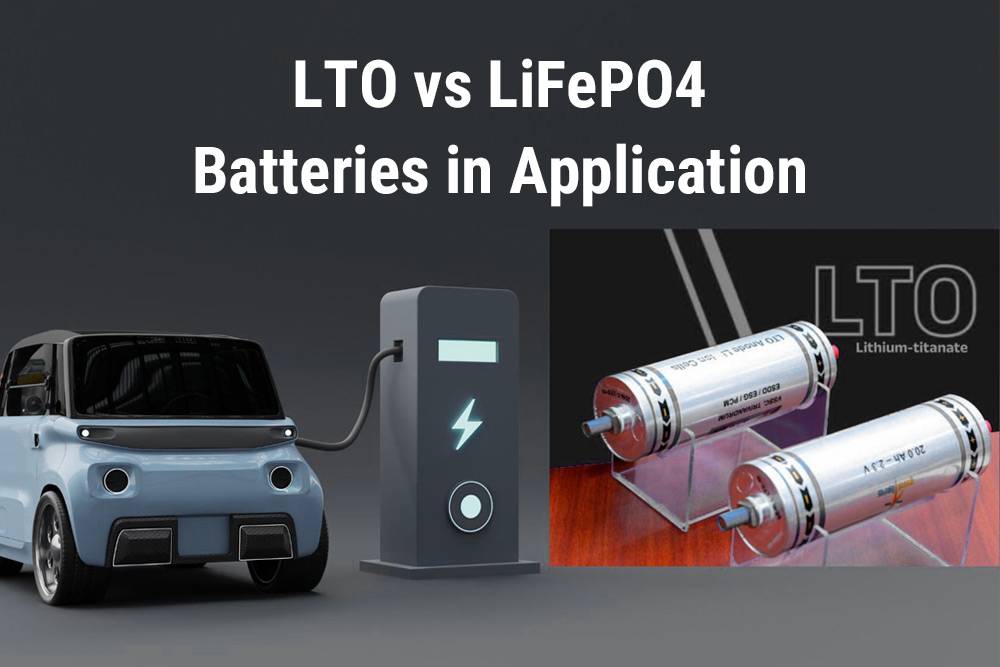
Lithium Titanate Batteries (Li-Ti):
- High Power Output: Excellent for Electric Vehicles (EVs) and Hybrid Electric Vehicles (HEVs) due to high power output and fast charging.
- Renewable Energy Systems: Suitable for renewable energy systems, enduring frequent charge-discharge cycles efficiently.
- Grid Energy Storage: Efficiently stores excess electricity, supplying it back to the grid during peak demand with a long cycle life.
LiFePO4 Batteries:
- Consumer Electronics: Popular for smartphones, laptops, tablets, and portable power banks due to superior safety features.
- Versatile Applications: Used in solar-powered systems, Uninterruptible Power Supplies (UPS), marine vessels, RVs/campers, and remote monitoring equipment.
- Consistent Performance: Provides consistent performance in diverse temperatures, making them suitable for outdoor use in harsh environments.
Understanding the specific applications of lithium titanate and LiFePO4 batteries enables informed decisions based on unique requirements in various scenarios.
Related Knowledge
Battery Chemistries:
FAQ 1: What details are provided in the article about various battery chemistries?
Answer: The article provides insights on different battery chemistries, focusing on differences between Lithium Nickel Manganese Cobalt Oxide (NMC) and Lithium Manganese Oxide (LMO). It explains NMC’s higher specific energy and tailored specific power compared to LMO, due to its composition of nickel, manganese, and cobalt. LMO primarily consists of lithium and manganese, potentially offering stability and specific energy advantages over NMC. The article encourages discussion and feedback via comments or contact methods.
FAQ 2: How do lithium-based battery systems compare in specific energy, specific power, and thermal stability?
Answer: Cycle life and thermal runaway characteristics differ among discussed battery chemistries. LMO batteries endure 300-700 cycles and experience thermal runaway around 250°C. NMC offers higher specific energy than LMO and can be customized for specific power. Li-cobalt’s popularity is declining due to cobalt’s cost and performance issues.
FAQ 3: What are the differences between different types of lithium-based batteries, such as NCA, LFP, and LTO?
Answer: Li-aluminum (NCA) leads in specific energy, Li-manganese (LMO) and Li-phosphate (LFP) excel in specific power and thermal stability, and LTO offers durability and cold temperature performance. Performance comparisons are essential for selecting suitable batteries.
Battery Performance and Applications:
FAQ 4: What are some applications where each battery type is commonly used?
Answer: NCA is used in electric powertrains and medical devices. LFP is for high-load, stationary applications, while LTO suits electric powertrains and solar lighting due to safety and longevity. Each battery type caters to specific needs in various industries.
FAQ 5: Which battery types are suitable for specific applications such as electric powertrains, medical devices, and energy storage?
Answer: Lithium Nickel Cobalt Aluminum Oxide (LiNiCoAlO2), commonly known as NCA, is considered suitable for electric powertrains, particularly due to its high energy and power densities, as well as its good lifespan. However, NCA batteries come with drawbacks such as high costs and marginal safety concerns. Despite these limitations, NCA batteries are mainly utilized by companies like Panasonic and Tesla, showing some growth potential.
Emerging Technologies and Future Trends:
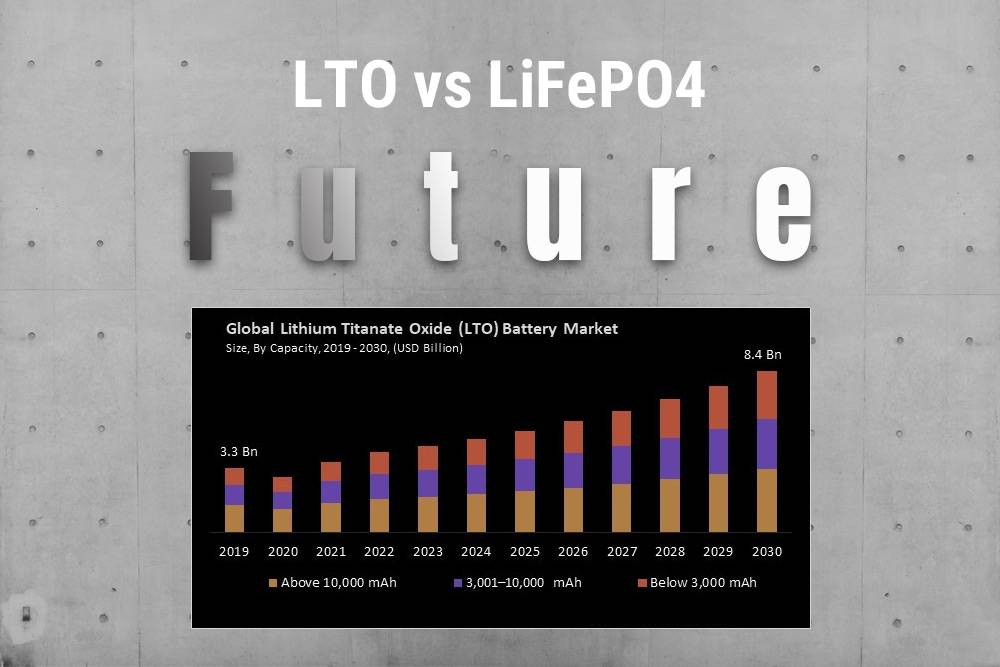
FAQ 6: What future battery technologies are mentioned?
Answer: LiFePO4, NCA, and LTO are promising battery technologies with various energy characteristics and performance capabilities, catering to market demands and diverse applications.
FAQ 7: What are some emerging battery technologies and their specific energy and performance characteristics?
Answer: Several emerging battery technologies are currently being developed with distinctive energy and performance characteristics. One notable technology is Lithium Iron Phosphate (LiFePO4), which offers a specific energy ranging from 90 to 120Wh/kg and has a nominal voltage range of 3.20-3.30V/cell. Another promising technology is Lithium Nickel Cobalt Aluminum Oxide (LiNiCoAlO2), commonly referred to as NCA. NCA boasts a specific energy of 200-260Wh/kg and operates within a nominal voltage range of 3.60V. Lithium Titanate (Li2TiO3), or LTO, offers a specific energy between 50-80Wh/kg and has a nominal voltage of 2.40V.
These emerging battery technologies showcase diverse specific energy levels and performance characteristics tailored to meet a variety of market needs and applications.
